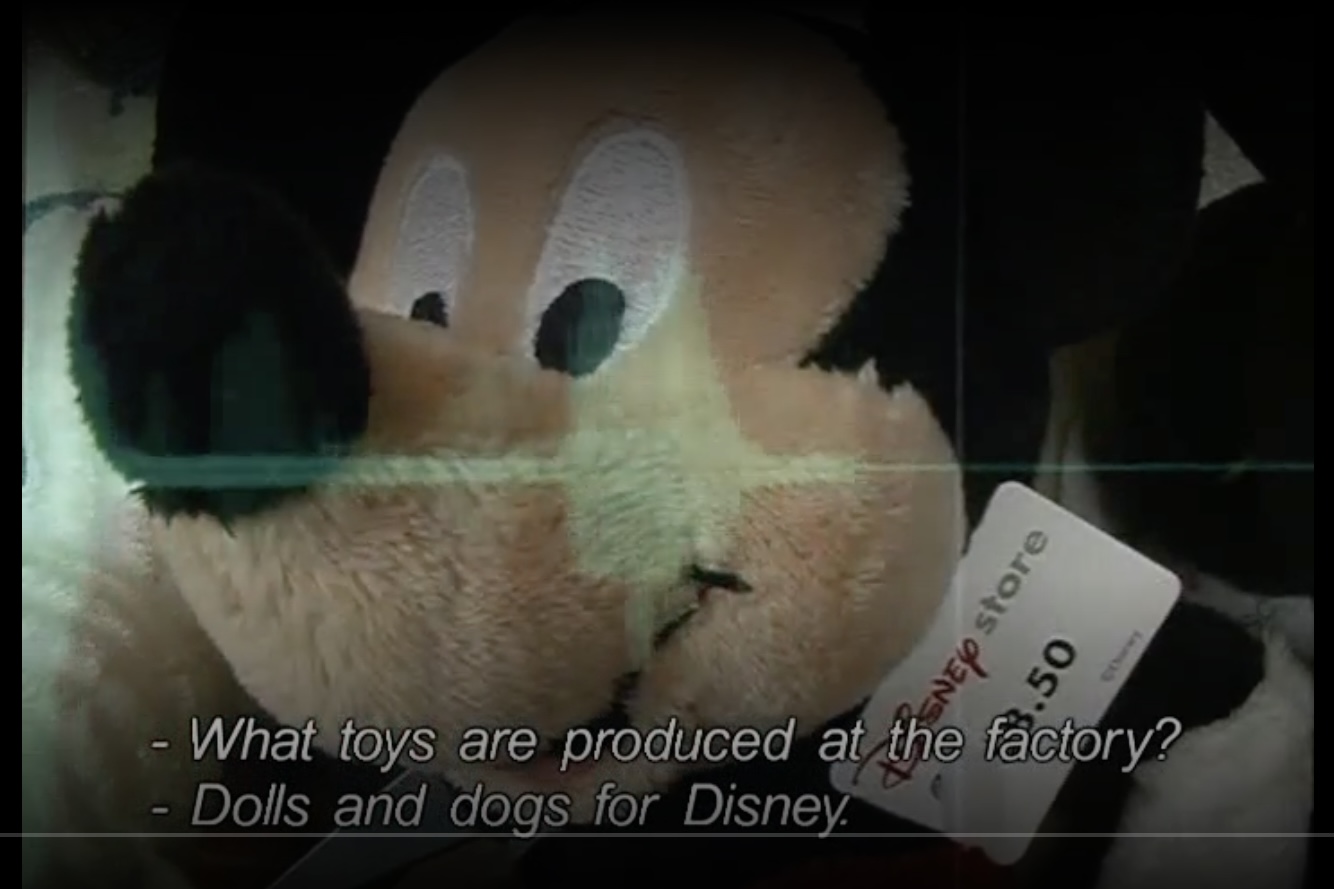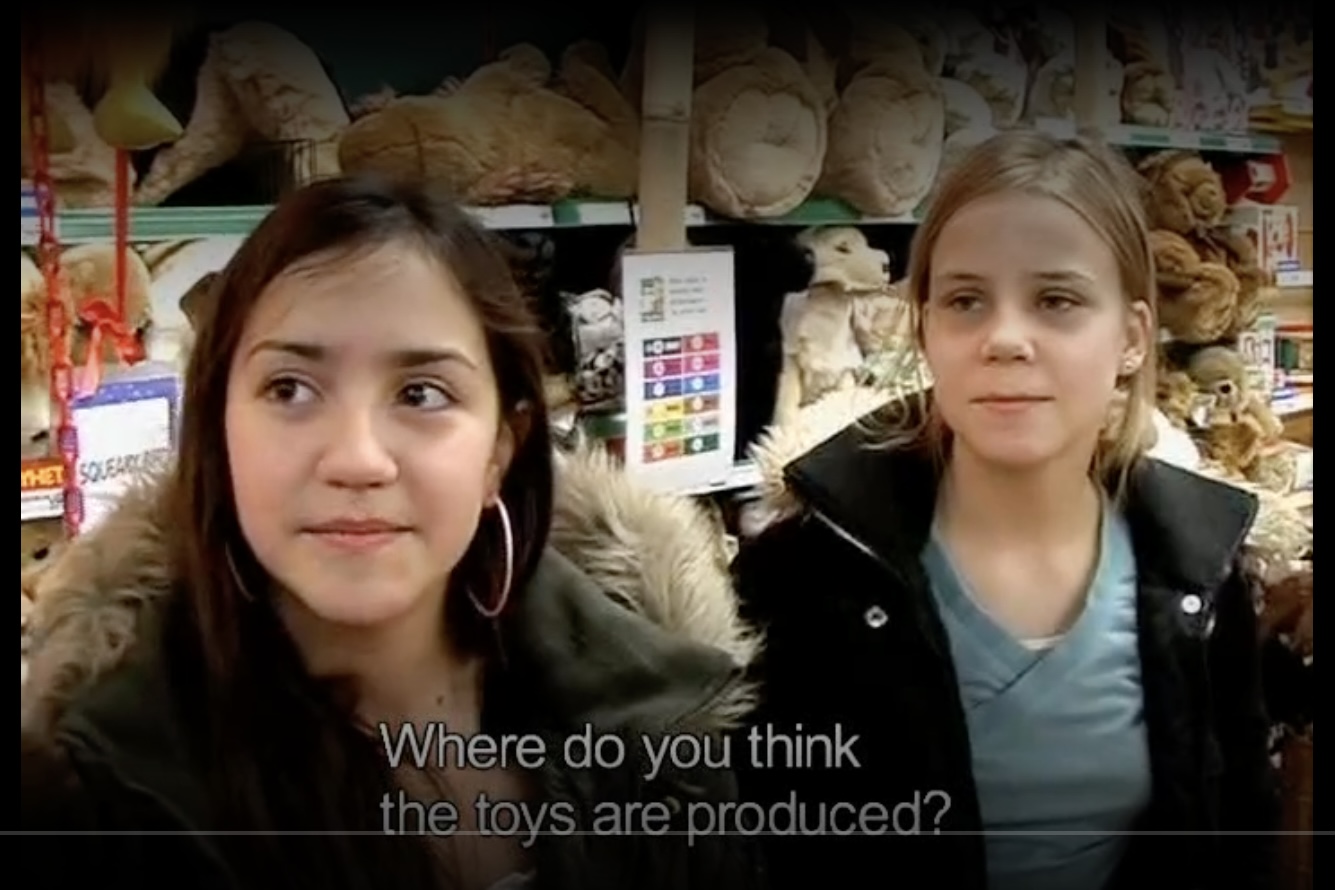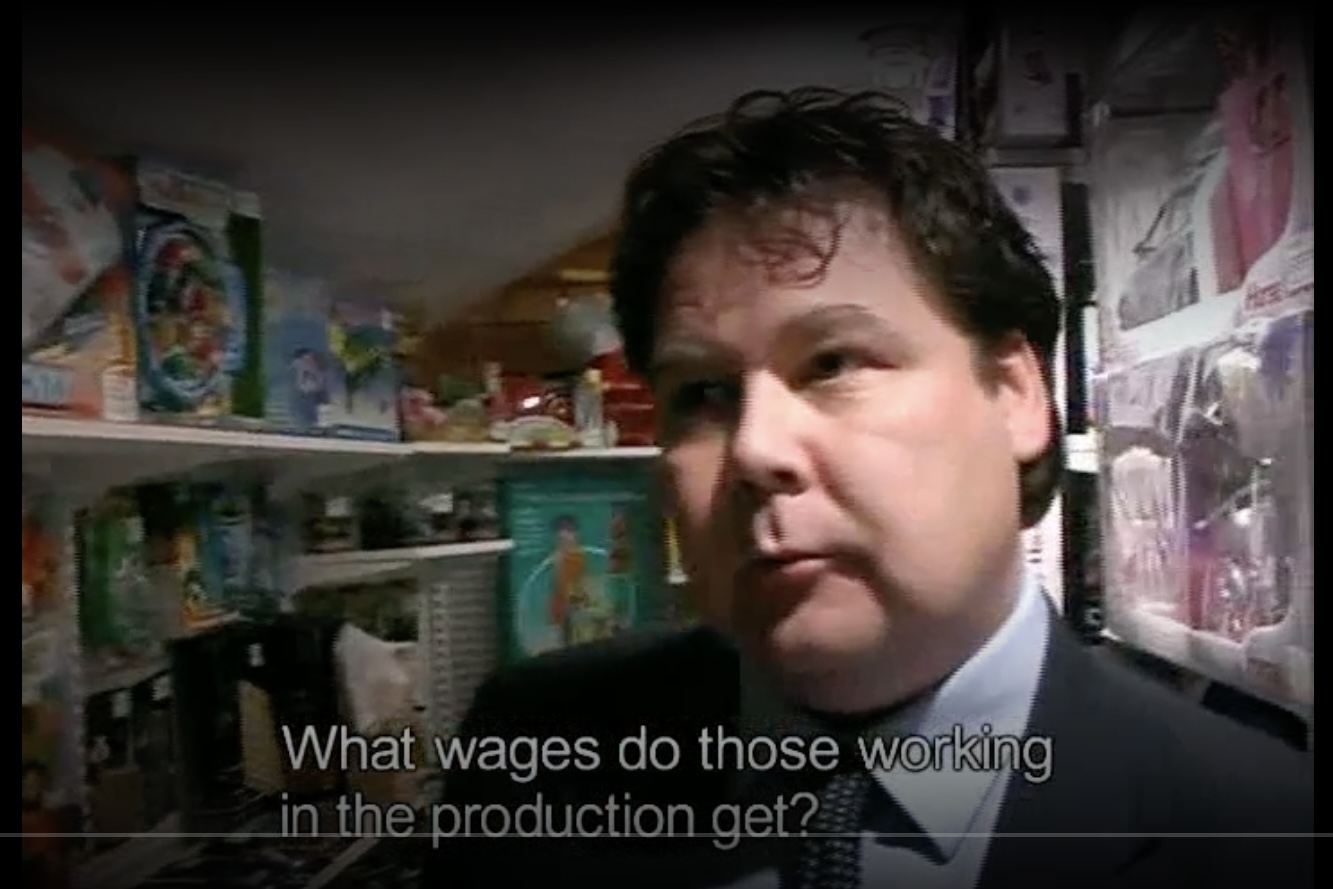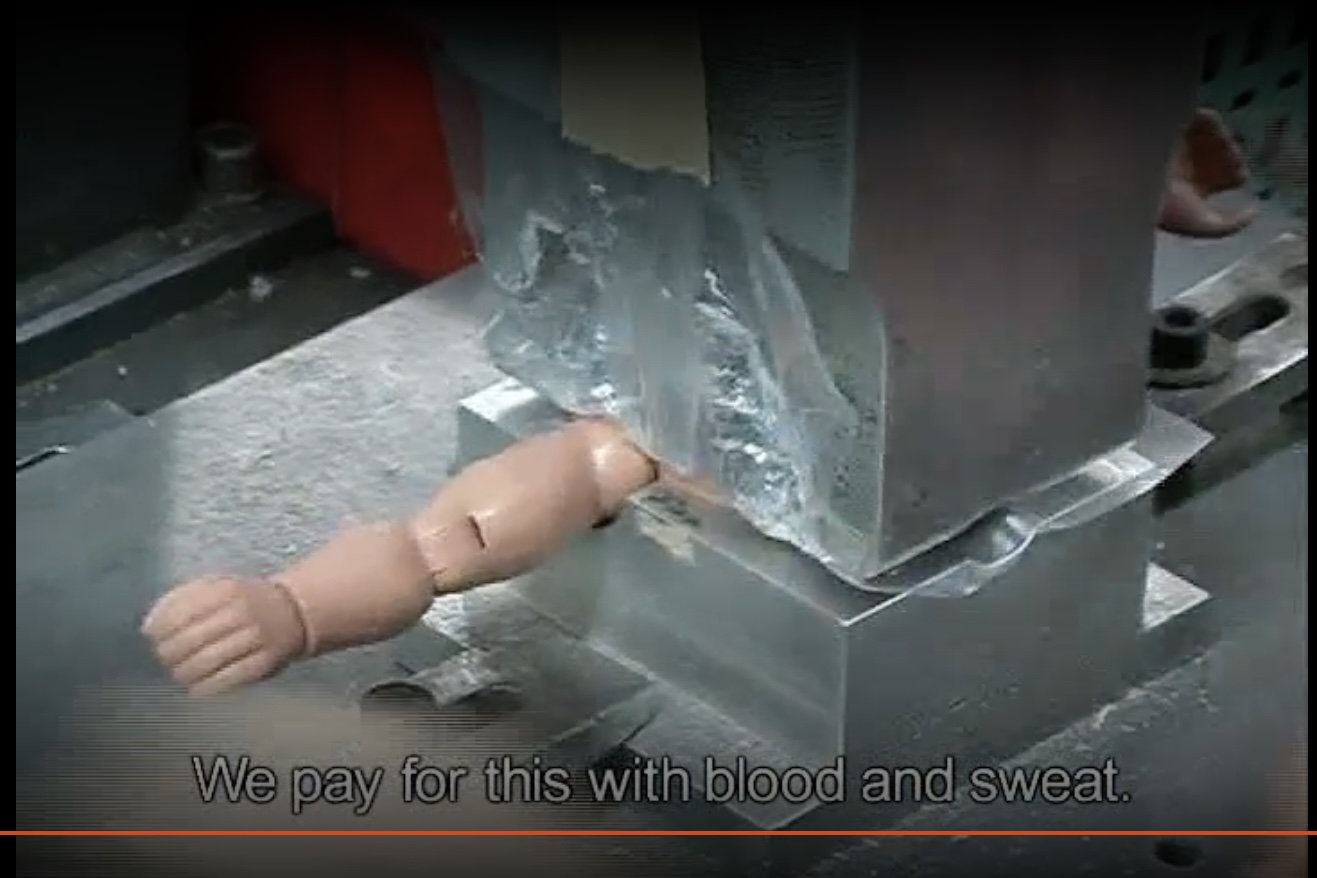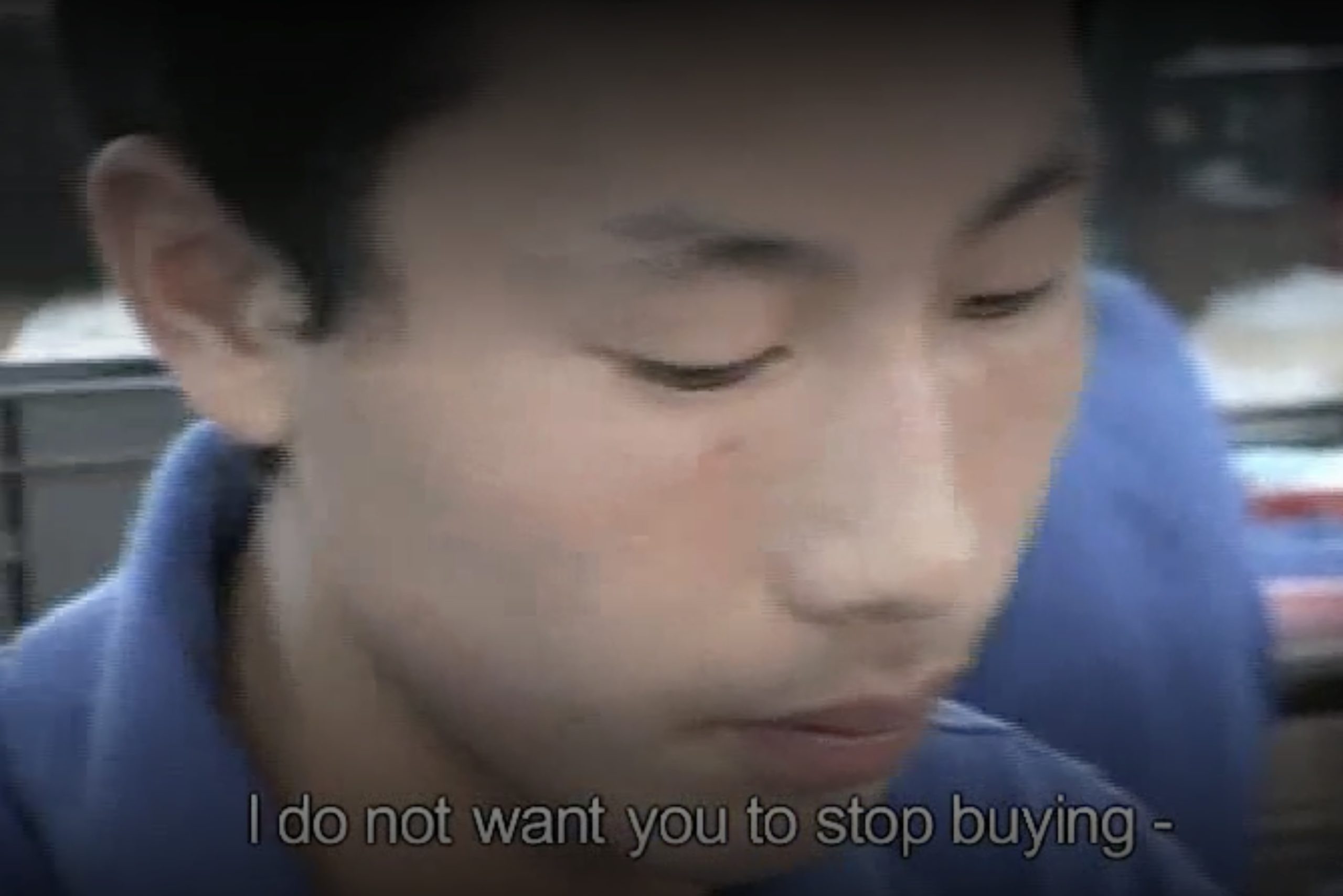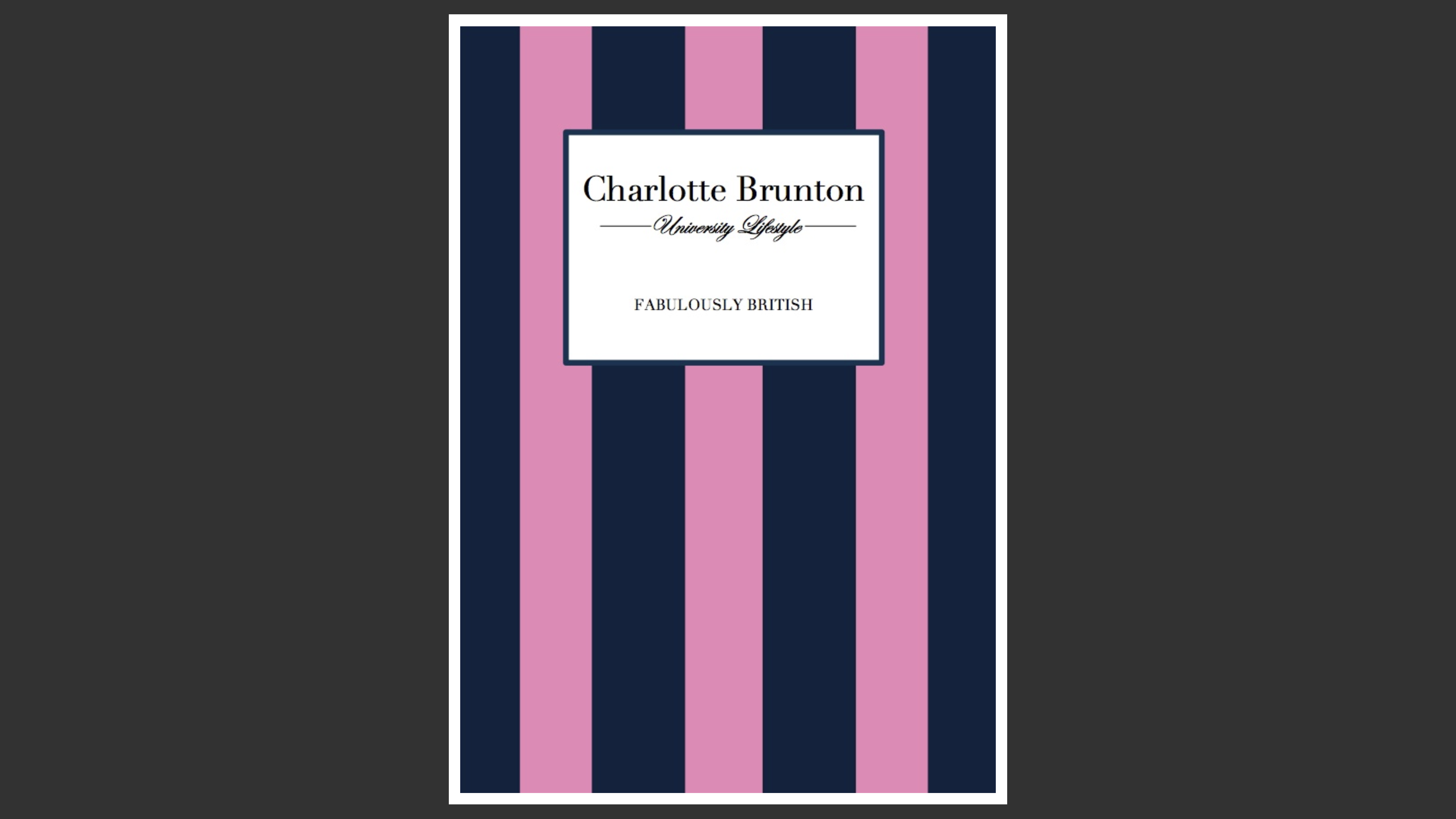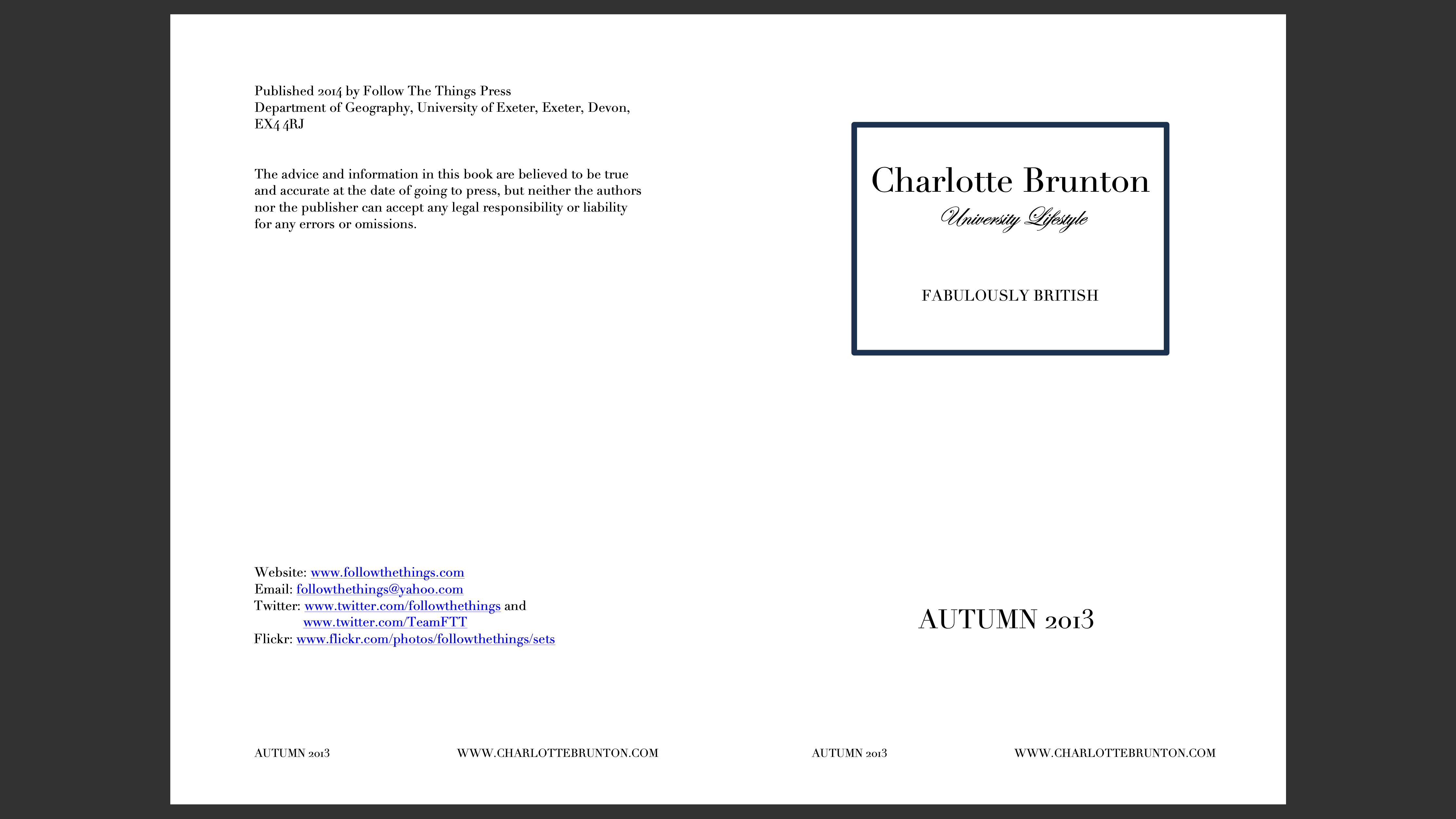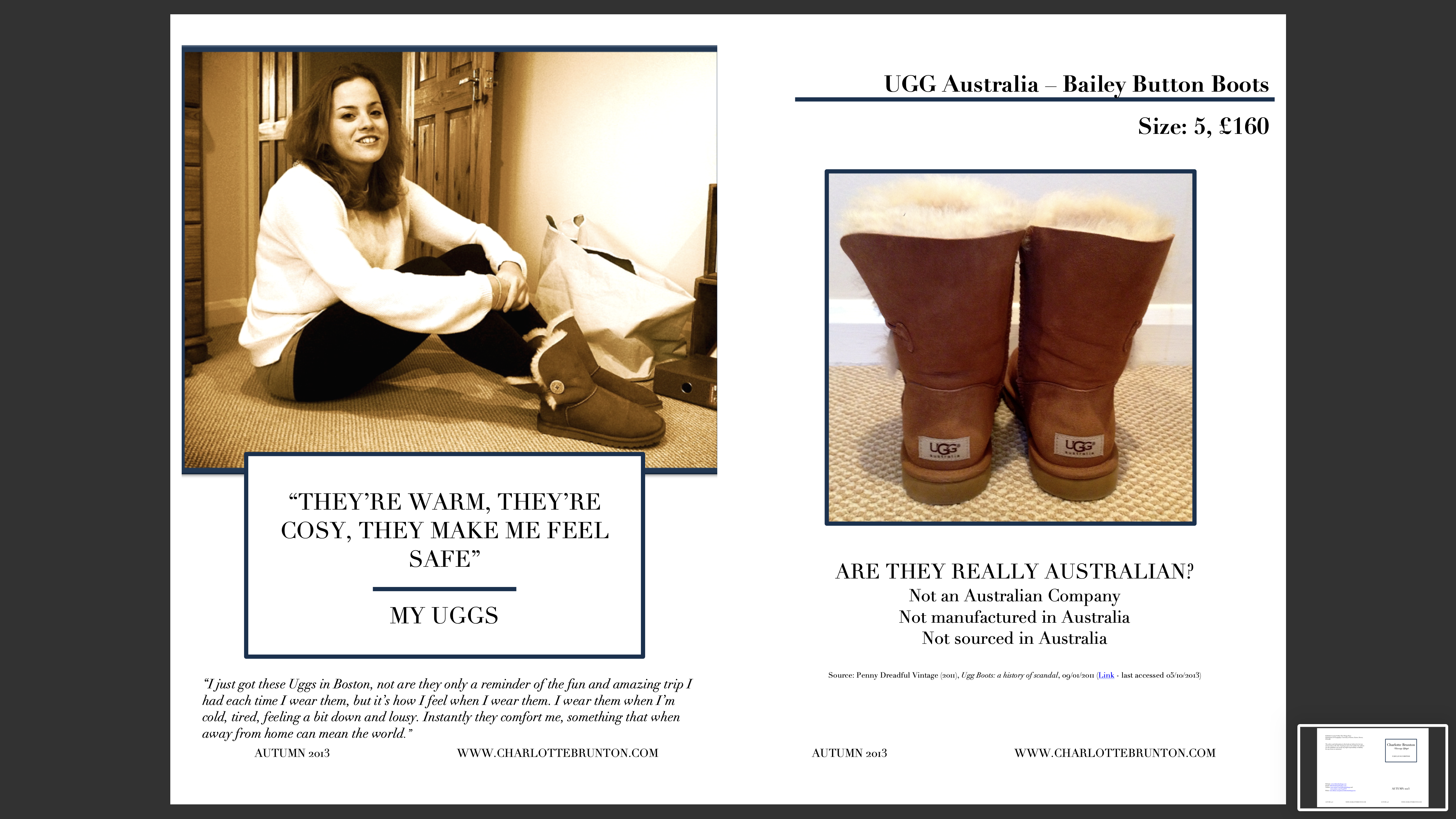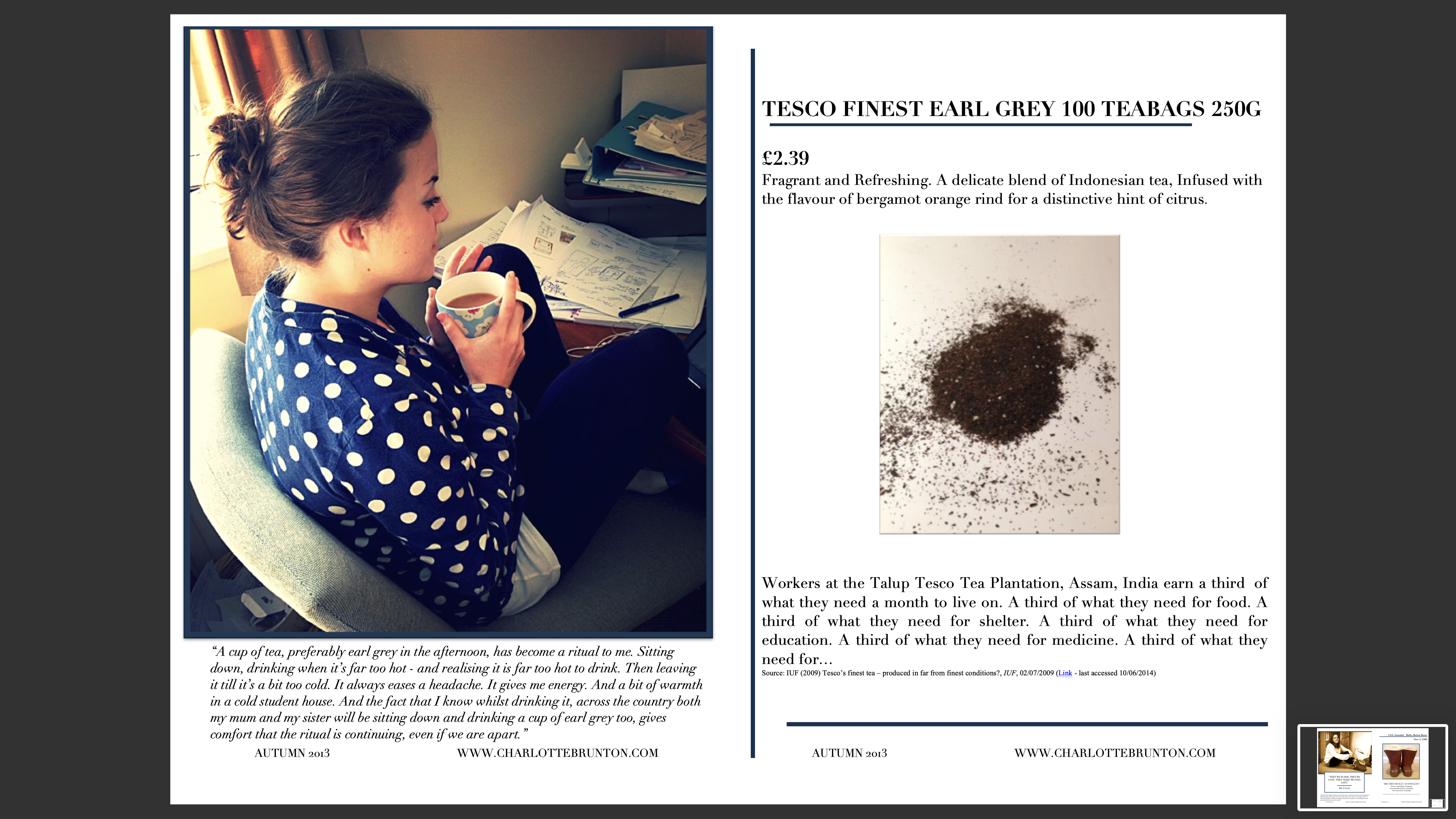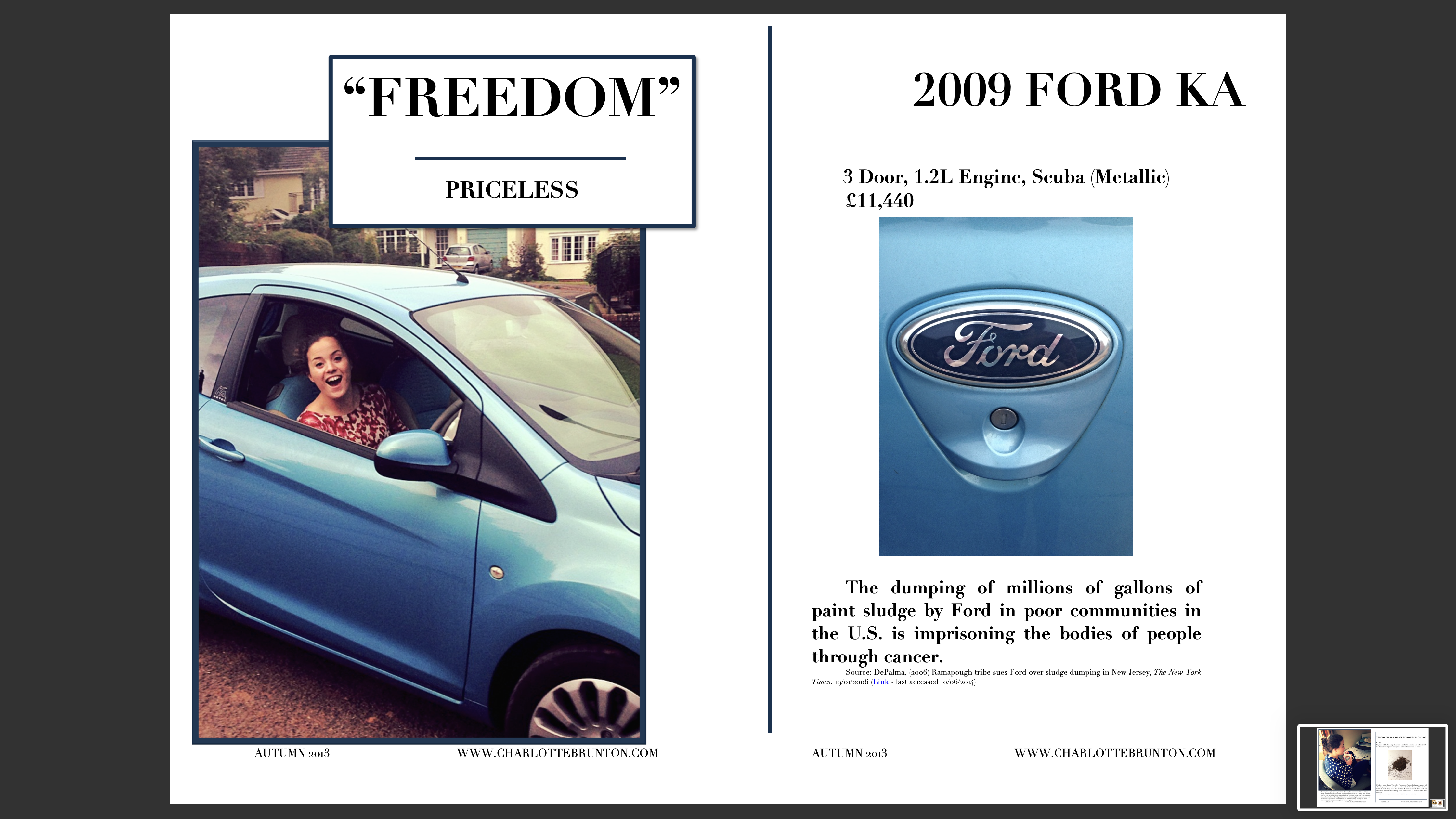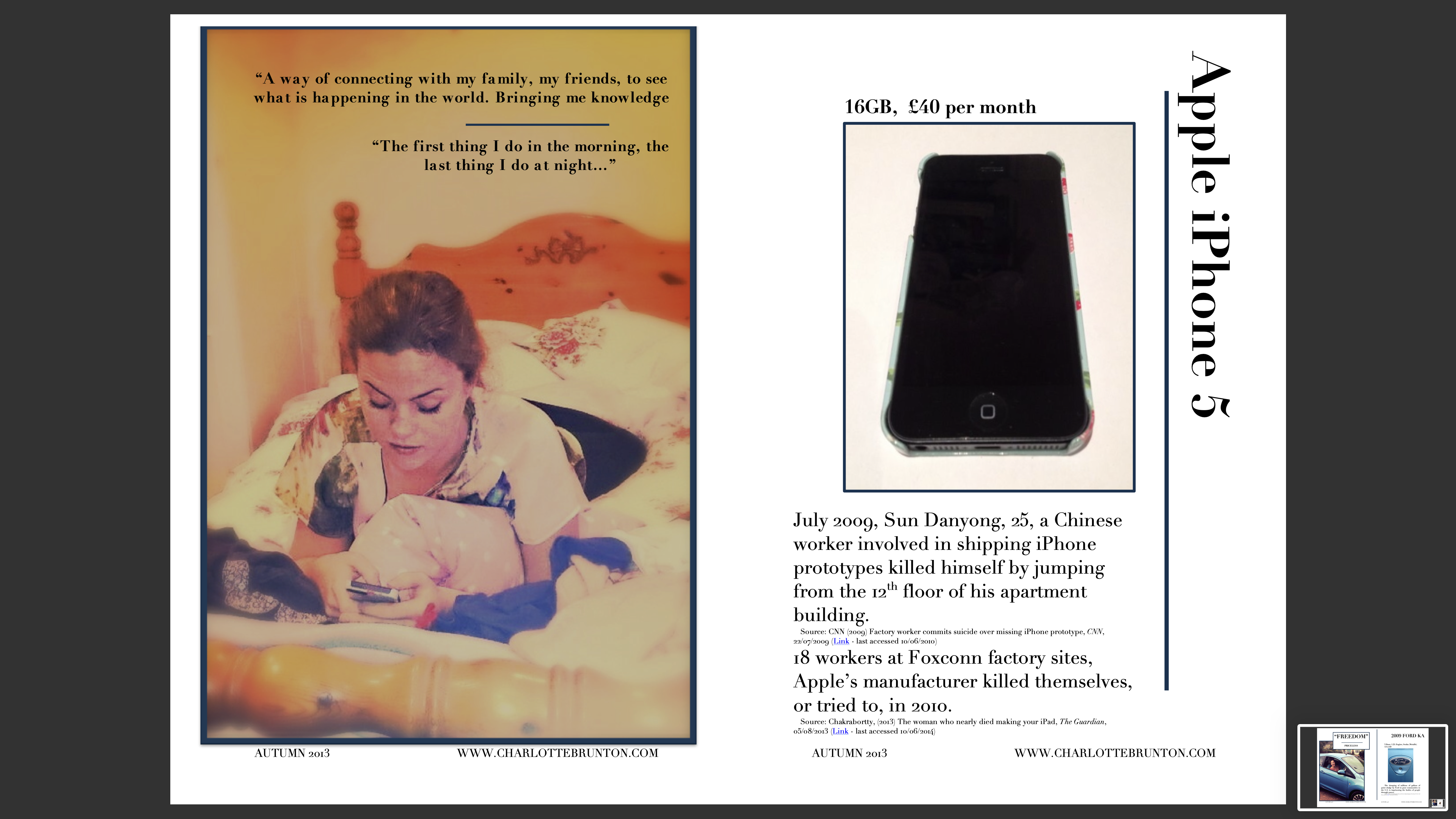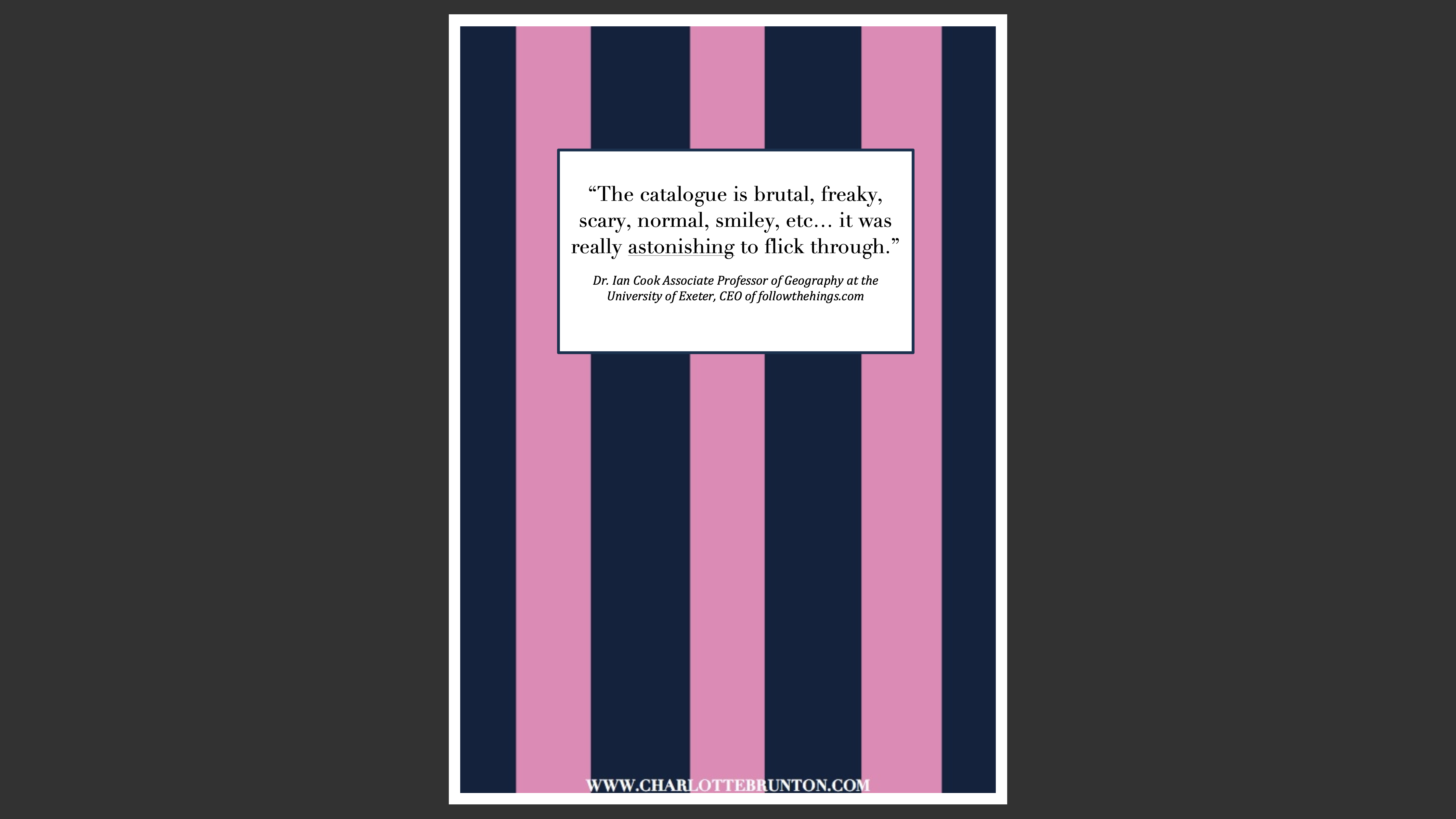
followthethings.com
Gifts & Seasonal
“Santa’s Workshop“
An NGO Report written by Krista Bjurling for Swedwatch and a documentary directed by Lotta Ekelund & Krista Bjurling and produced by Lotta Ekelund for Lotta Films and The Fair Trade Center.
Screenshot slideshow embedded above. Download the report here. Search online to stream the film here.
Swedish toy companies and retailers seem sure that the things they have ‘Made in China’ are produced ethically. But what can they know about working conditions from audit reports and their own factory visits? NGO Swedwatch travels to China to find out, working with local labour activists to write a report and make a short film. What they find may temporarily ruin Christmas, but can it also change the ways that consumers and companies source toys in the future? As one commenter put it, ‘It’s fascinating to watch the blame being pushed around. It’s the worker’s fault, no, it’s the factories’ fault, no, it’s the client’s fault and last but not least, it’s the customer’s fault. The head in the sand attitude is quite remarkable.’ What’s fascinating to us is that, despite one union official in the film asking consumers NOT to stop buying the toys that the workers make, for some audience members that’s the only way to respond. So what other ways can audiences react? How can filmmakers control this? Will there always be audience members who simply want to disengage?
Page reference: Matthew Chambers, Millie Daglish, Sophie Rendell, George Stapleton, Georgie Thompson & Franziska Nuss (2024) Santa’s Workshop. followthethings.com/santasworkshop.shtml (last accessed <insert date here>)
Estimated reading time: 37 minutes.
Continue reading Santa’s Workshop ![]()

